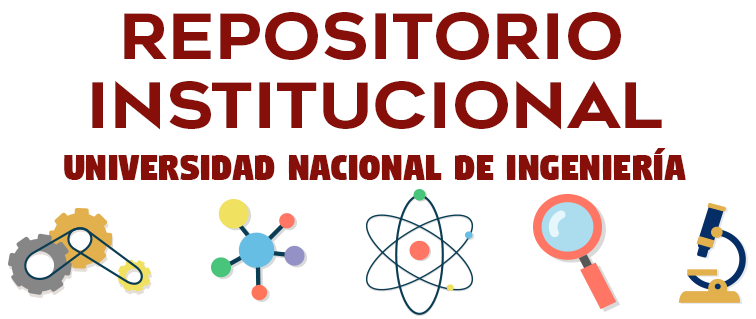Por favor, use este identificador para citar o enlazar este ítem:
http://hdl.handle.net/20.500.14076/27815| Título : | Desarrollo de un algoritmo de fusión sensorial utilizando un microcontrolador RP2040 para la determinación de orientación del picosatélite Chasqui I. |
| Autor : | Chicchón Apaza, Miguel Ángel |
| Asesor : | Machuca Mines, José Ambrosio |
| Palabras clave : | Fusión sensorial;Filtro de Kalman;Microcontrolador RP2040 |
| Fecha de publicación : | 2024 |
| Editorial : | Universidad Nacional de Ingeniería |
| Resumen : | El picosatélite Chasqui I, desarrollado por la Universidad Nacional de Ingeniería del Perú, necesita un Sistema de Determinación de Orientación (SDO) que estime la orientación del picosatélite con la finalidad de garantizar la realización precisa y óptima de adquisición de imágenes del territorio peruano y la comunicación con la estación terrena de telemetría. En la presente tesis se describe el análisis, diseño, simulación e implementación de un SDO para el Chasqui I. Para este propósito es necesario realizar un modelo cinemático/dinámico del satélite, modelos matemáticos del entorno; y técnicas de fusión sensorial basadas en el Filtro de Kalman Extendido. Además, se implementa un simulador del picosatélite y su entorno en MatLab/Simulink, con la finalidad de evaluar el funcionamiento del SDO y como soporte al diseño. Finalmente, se implementan los algoritmos del SDO en un microcontrolador RP2040 y se verifica la codificación mediante la técnica de simulación de sistemas complejos conocida como Processor In the Loop (PIL). Los resultados de las simulaciones Monte Carlo y la validación experimental PIL demuestran mediante gráficos y tablas de errores RMS (Root Main Square) que el SDO diseñado permite estimar la orientación del Chasqui I con una precisión establecida. The Chasqui I picosatellite, developed by the National University of Engineering of Peru, requires an Orientation Determination System (ODS) to estimate the orientation of the picosatellite in order to guarantee the accurate and optimal acquisition of images of the Peruvian territory and communication with the telemetry ground station. This thesis describes the analysis, design, simulation, and implementation of an ODS for the Chasqui I. For this purpose, it is necessary to perform a kinematic/dynamic model of the satellite, mathematical models of the environment; and sensor fusion techniques based on the Extended Kalman Filter. In addition, a simulator of the picosatellite and its environment is implemented in MatLab/Simulink, in order to evaluate the operation of the ODS and as support to the design. Finally, the algorithms of the ODS are implemented in an RP2040 microcontroller and the coding is verified using the complex system simulation technique known as Processor In the Loop (PIL). The results of the Monte Carlo simulations and the PIL experimental validation demonstrate, through graphs and tables of RMS (Root Main Square) errors, that the designed ODS allows the orientation of the Chasqui I to be estimated with a predetermined accuracy. |
| URI : | http://hdl.handle.net/20.500.14076/27815 |
| Derechos: | info:eu-repo/semantics/openAccess |
| Aparece en las colecciones: | Ingeniería Electrónica |
Ficheros en este ítem:
| Fichero | Descripción | Tamaño | Formato | |
|---|---|---|---|---|
| chicchon_am.pdf | 9,59 MB | Adobe PDF | Visualizar/Abrir | |
| carta_de_autorización.pdf | 1,32 MB | Adobe PDF | Visualizar/Abrir | |
| informe_de_similitud.pdf | 1,32 MB | Adobe PDF | Visualizar/Abrir | |
| chicchon_am(acta).pdf | 825 kB | Adobe PDF | Visualizar/Abrir |
Este ítem está sujeto a una licencia Creative Commons Licencia Creative Commons

Indexado por:



